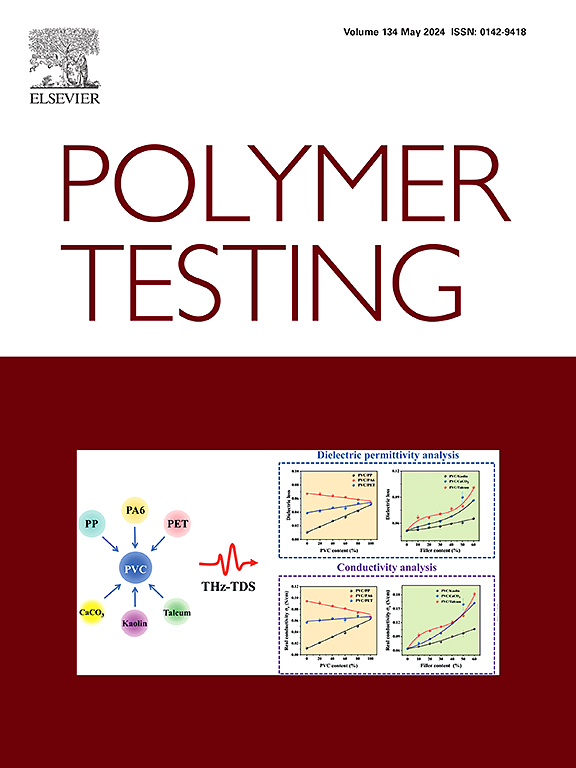Effects of alkali treatment on the bending and fracture behavior of biomaterial bamboo
IF 5
2区 材料科学
Q1 MATERIALS SCIENCE, CHARACTERIZATION & TESTING
引用次数: 0
Abstract
Although bamboo has broad application prospects in the transportation industry, its insufficient flexibility remains a challenge when designing components with large curvature and complex shapes. In this study, SEM, XRD, FTIR, and micron-level computed tomography (Micro-CT) were used to investigate the effects of alkali treatment with different mass concentrations and different loading directions on the flexibility expression of bamboo, and to evaluate the potential relationship between the structure and flexibility of bamboo. The results showed that in the bamboo samples treated with 15 wt% NaOH, fiber fibrillation and surface thin layer peeling during the fracture process increased the consumption of fracture energy, thereby improving the theoretical tensile strength and bending fracture toughness. Microstructurally, after alkali treatment, the loosening between cells increases the compressible space, leading to a significant prolongation of the plastic stage, especially when loaded from the radial bamboo yellow side (Mode II). When the NaOH concentration reached 25 wt%, the excessive removal of hemicellulose and lignin led to the destruction of the cell wall structure and a decrease in the fiber crystallinity, and the mechanical properties of bamboo were reduced. Therefore, appropriate alkali treatment can maintain the strength of bamboo and improve its flexibility, which is similar to the principle of mercerized cotton. The modified bamboo has application potential in curved components in the transportation field and can meet the requirements of lightweight, flexibility, and environmental protection.
求助全文
约1分钟内获得全文
求助全文
来源期刊

Polymer Testing
工程技术-材料科学:表征与测试
CiteScore
10.70
自引率
5.90%
发文量
328
审稿时长
44 days
期刊介绍:
Polymer Testing focuses on the testing, analysis and characterization of polymer materials, including both synthetic and natural or biobased polymers. Novel testing methods and the testing of novel polymeric materials in bulk, solution and dispersion is covered. In addition, we welcome the submission of the testing of polymeric materials for a wide range of applications and industrial products as well as nanoscale characterization.
The scope includes but is not limited to the following main topics:
Novel testing methods and Chemical analysis
• mechanical, thermal, electrical, chemical, imaging, spectroscopy, scattering and rheology
Physical properties and behaviour of novel polymer systems
• nanoscale properties, morphology, transport properties
Degradation and recycling of polymeric materials when combined with novel testing or characterization methods
• degradation, biodegradation, ageing and fire retardancy
Modelling and Simulation work will be only considered when it is linked to new or previously published experimental results.
 求助内容:
求助内容: 应助结果提醒方式:
应助结果提醒方式:


